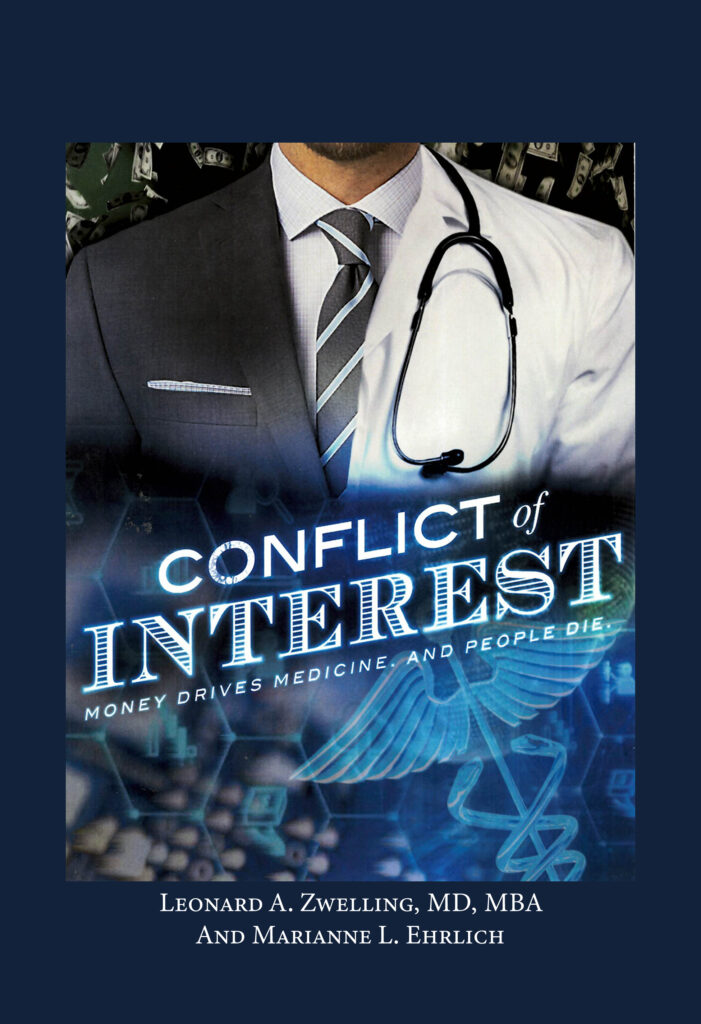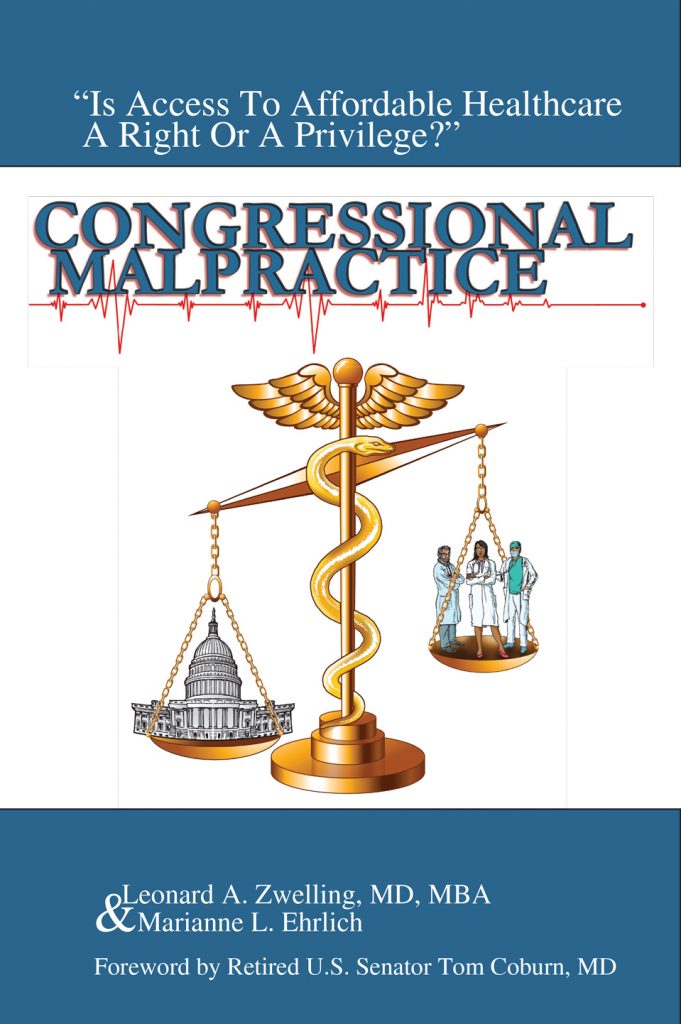It’s The Patient’s Call
By
Leonard Zwelling
https://www.nytimes.com/2022/11/22/opinion/hospital-death-ecmo.html?searchResultPosition=1
This is a scary op-ed from the Sunday Opinion section of The New York Times on November 27.
It’s by Dr. Daniela J. Lamas a pulmonary and critical care physician at Brigham and Women’s in Boston.
The focus of the piece is a young patient with sarcoidosis, an inflammatory disease that destroyed her lungs. She was on the intensive care unit awaiting a transplant when her conditioned worsened thus warranting the use of ECMO (extracorporeal membrane oxygenation)—the lung part of the heart-lung machine. This oxygenates blood outside the body and returns it to the patient. It is meant to be a bridge, but as Dr. Lamas notes, it can become a bridge to nowhere if the transplant donor is not identified or the patient becomes too sick to be a viable recipient.
The discussion in the op-ed is about when to remove a patient from ECMO knowing full well that this will lead to the patient’s demise. Of course, introducing ECMO is a risk in itself as it can only be a bridge to either spontaneous recovery, as it was in many cases of Covid, or to a transplant once a donor is identified. In the end, all of it must revolve around the patient’s wishes and the doctor’s assessment of the likelihood that a risky intervention might bear therapeutic fruit. Note, there is no role for administrators in such decisions. If there is, it can only be the establishment of rules by which risky therapies may be utilized based on their chance of success, not on whether or not the risky therapy is worth the money.
Recently, I have learned that two of the measures of quality in some national surveys of cancer hospitals are the readmission rate after an in-patient hospitalization and the administration of chemotherapy or immunotherapy within two weeks of a patient’s death. To me these criteria seem ridiculous unless they are taken in the context of the individual patient and that patient’s doctor’s assessment of what’s best for the patient.
Readmission is common in modern oncology. Blood counts drop and the drop may be accompanied by a febrile episode requiring parenteral antibiotics on an in-patient service. Modern cancer therapies are still toxic and sometimes the toxicity that accompanies a potentially curative regimen can lead to hospitalization within 30 days of their administration. So what? That’s not bad medical care. That’s just oncology.
The administration of aggressive chemotherapy or immunotherapy within two weeks of death is not at all unusual. The therapy itself could be toxic in a patient with a cancer-compromised immune system or a patient having survived multiple other regimens. What about patients on phase one studies? They die within two weeks of the administration of the experimental drug often. Is that a severe toxicity? Yes. Is it a reason to withhold the experimental therapy because the cancer center’s quality score might drop? No.
As with the use of ECMO, the use of modern chemotherapy and immunotherapy and soon genetic therapies will be fraught and potentially, a good decision by a doctor and a patient may still result in a severe toxicity or death. Does that mean the care was not quality care? It does not and no physician should be penalized for doing what he or she thinks is best for the patient and no patient should have therapy withheld to boost quality scores.
If the leadership of a cancer center wants to know if the care in his or her center is of high quality, ask the faculty. U.S. News and World Report and Vizient are not the arbiters of cancer care quality. Oncologists and their patients are and that’s the way it ought to stay.
No one comes to a cancer center to not be treated and the fact that potentially beneficial therapy is followed by a death is no reason not to try. That’s what doctors do. That’s what patients want.




